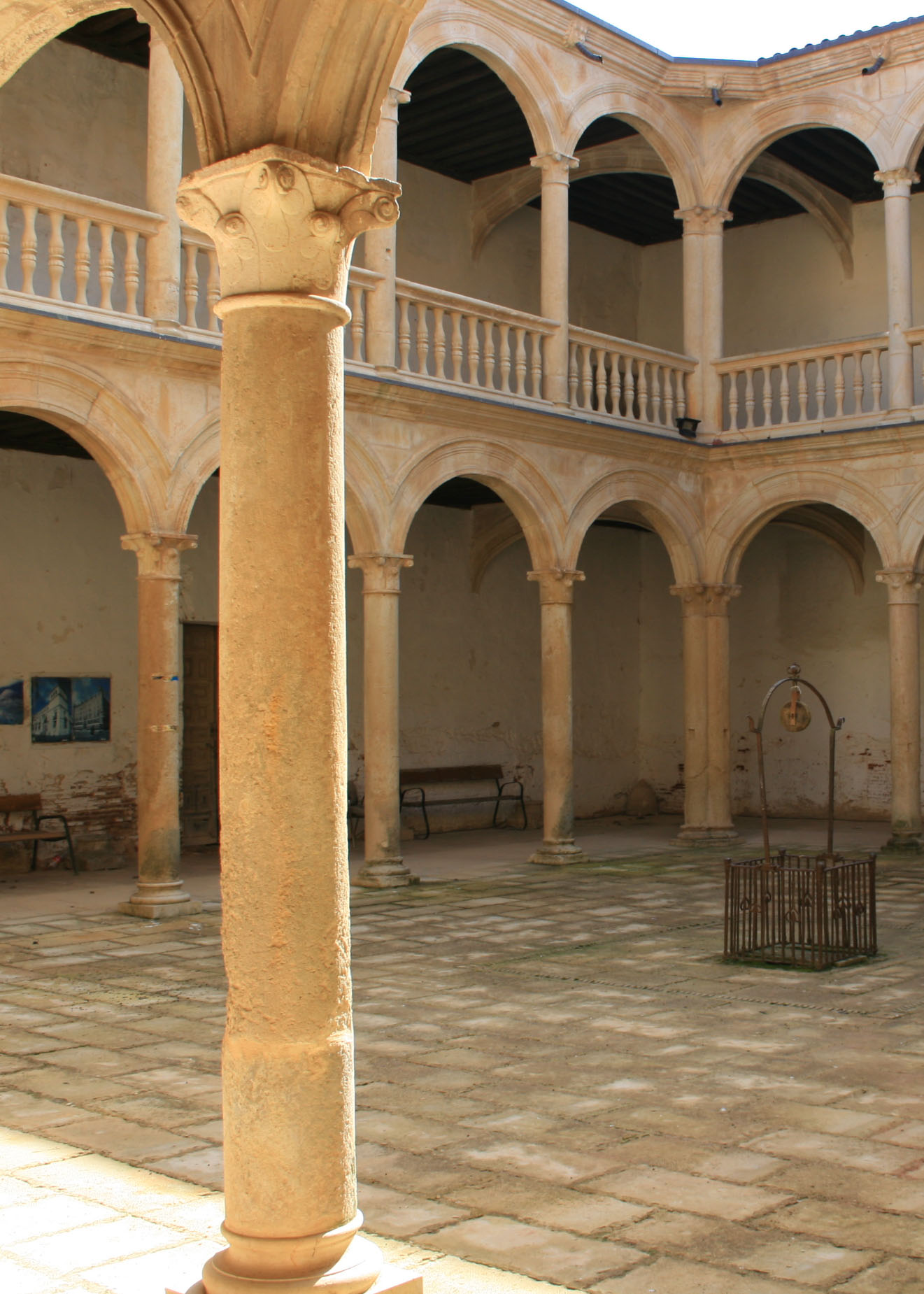
Discover Grajal
WELCOME TO GRAJAL DE CAMPOS, a municipality of just over 200 inhabitants, located in the natural region of "Tierra de Campos" which includes part of the province of León and extends towards Zamora, Palencia and Valladolid. The characteristic landscape of the area is comprised of large undulating plains, alternated with small hills and a few rivers with very little water. It was all grainland under Roman Hispania and would later be coined the “granary of Spain”.
As you approach the town by road from the north, the first thing that appears is the imposing 16th century CASTLE, a beautiful sight framed by the golden tones of the fields, the ochre of the terrain and the green of the trees lining the banks of the nearby River Valderaduey.
But this small village has much more to offer visitors besides the spectacular image of the castle; EXTENSIVE HISTORICAL AND MONUMENTAL HERITAGE, numerous examples of traditional architecture, good food, good wines, and cultural, music and art activities. What’s more, there are no crowds in Grajal de Campos, meaning you can enjoy everything with plenty of space, silence and peace. A real invitation to savour life intensively yet without haste or bustles.
The History of Grajal de Campos
- Roman remains have been found near Grajal de Campos even though the name of the villa of "Graliare” actually appeared for the first time in Sampiro's chronicle in reference to the place Bermudo was taking his troops to fight his brother, the king of Asturias Alphonse III (9th-10th centuries). In the end, he was defeated by the king.
- Later on (11th-12th centuries), Grajal de Campos became a lordship under Raymond of Burgundy, the first husband of Urraca, the daughter of Alphonse VI and Constance of Burgundy. On behalf of the king, Raymond managed the repopulation of Salamanca and Segovia in addition to promoting the reconstruction of the walls of Avila. The king granted him the county of Galicia and it was actually from Galicia that Bishop Gelmírez arrived to assist upon his untimely death, which occurred precisely in the villa of Grajal. After the funeral, the bishop led the coffin to Compostela where it remains today, inside the cathedral.
- Since Grajal is on a Jacobean route, it had a St. James hospital as well as several churches and chapels: one in honour of San Pelayo, a 10th century child martyr, in addition to others honouring Saint Andrew, Saint Catherine of Alexandria, the patroness of philosophers, Saint Helen, Constantine the Great’s mother, Saint Christopher, the patron saint of travellers, the church of the Trinity, the chapel of San Roque near the castle, the chapel of Saint Martin, the church at the Franciscan convent Our Lady of La Antigua and the Saint Michael parish church. Currently the latter two remain as well as the hermitage of La Virgen de las Puertas. Located in an old tower that was part of the wall, it dates back to the 16th century. The procession towards this hermitage takes place on September 8 in honor of Nuestra Señora de las Puertas, patron saint of the town.
center
60
Heading + desc
